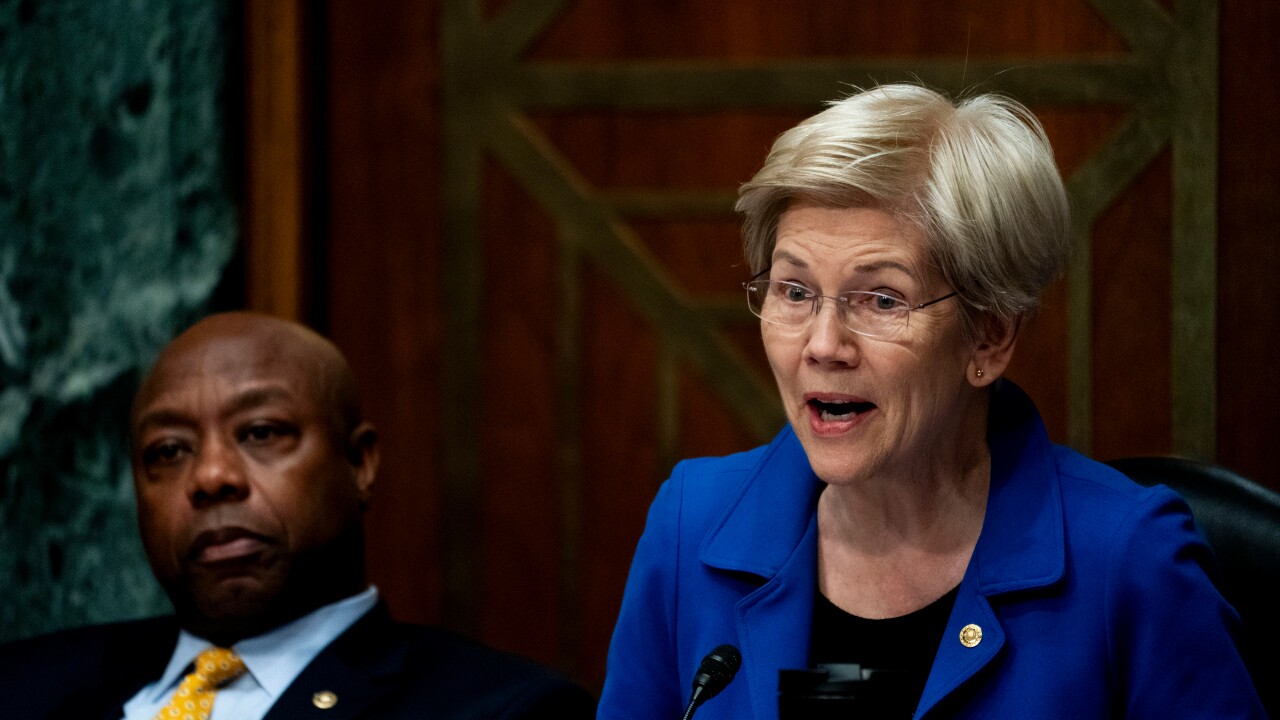The not-for-profit VanCity Credit Union has found an appropriate lending niche-other non-profit groups.
As part of its renewed focus on small and medium-sized enterprises (SMEs), VanCity has been aggressive in reaching out to non-profit businesses in its greater Vancouver, B.C. market.
Speaking to the World Council of Credit Unions (WOCCU) annual meting, Kevin Zakus, VP-business services with VanCity, said that in 2000 VanCity began to make substantial changes in its business lending group, and recognized it had a strength in lending to non-profits, in addition to "like-minded values." (VanCity is known for its adherence to its Statement of Values and Commitments: integrity, innovation and responsibility. Moreover, it pursues what it calls a "triple bottom line": financial returns, social returns and environmental returns.
Despite its strengths and natural affinity with other non-profits, Zakus noted VanCity also recognized it had weaknesses in offering few complimentary services and a fragmented approach to the market.
"By focusing on some of the key relationships that exist within your organization today you can have them help you to develop the products and services you need to service this market," he said. "We were very reactive to the market opportunities. They were coming to us, we weren't being proactive in going to the market with an offer for them. In terms of nonprofits, they operate very differently from the for-profit business; how they set up for a financial statement is very different."
Zakus said VanCity came to understand how non-profits differ within six identifiable sectors: unions and trade associations, health and human services (the largest piece), education, faith-based, sports, and arts & culture. It has now developed credit requirements for each.
"We tried to do some research to understand the size of the market, and we found it was very difficult to gauge the activity and the size of the opportunity," he explained. "So the point is it's useful to try to do some research, but quite frequently it's not perfect and may not be all that you're expecting. We did come to understand some of what the banks were doing. We went to their branches and collected collateral material and visited their websites. And we learned all we could from other financial institutions. We came to see how certain financial institutions were dominating some of those sectors."
The first thing VanCity had to do, he said, was understand it's own value proposition: it couldn't talk to the community at large until it understood what it had to offer.
"When we started focusing on non-profits, our products were basic, so it really became about how we serviced those organizations," Zakus observed. "That can be the real differentiator. Another thing we had to come to understand is because of the way nonprofits are governed it often takes quite a bit of time to formalize a decision. The other thing that was quite interesting was that the deposits and the deposit management pieces of the business were definitely the lead in getting that business."
Perhaps the most intriguing discovery related to non-profits, according to Zakus, is that they do not represent a higher risk than for-profit businesses. VanCity created an independent risk management team to ensure it was not taking on higher risk-it's delinquency ratio on the non-profit portfolio is .82%, vs. a .75% overall delinquency ratio for VanCity. "The amount we've written off is substantially lower than owner-operated businesses," said Zakus.
In 2000 VanCity launched its non-profit focus with one person dedicated to the sector and by becoming involved in events that are meaningful to the non-profit community, including sponsoring some of those same activities. One group VanCity has had success with is an association of dentists.
Today, VanCity offers a mobile service to non-profits with traveling account managers, as many non-profits don't like to visit branches. It offers free checking, and a "capacity building lending program in which it provides up to 100% financing on real estate. The reason: "The cost of leasing in Vancouver is often not much different from what a mortgage payment would be, and all they're missing is the downpayment," said Zakus.
Happy Member
It has a dedicated sales team and departmental support, an insurance package tailored to nonto non-profits, and has built a program that assists nonprofit organizations in developing revenue activities, which helps them to sustain themselves. Further, it conducts workshops on social enterprises, has launched a dedicated web portal for non-profit organizations, is working to facilitate mentorship on business issues, and is moving to government and non-government organization services.
As of June, VanCity has become the recognized industry leader in serving non-profits, said Zakus, with an estimated 25% marketshare (about twice that of the credit union's retail share). As of June 30, had $55 million in loans, $195 million in deposits in its program for non profits.





